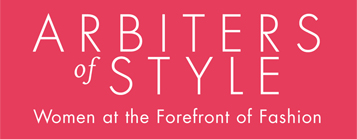
Women ruled fashion between the two world wars. Millinery was modernized by firms, like Caroline Reboux, that abandoned conventional shapes and techniques. By the 1930s, global tastemakers included the couturière Gabrielle “Coco” Chanel, Vogue fashion journalist Despina Messinesi, and photographer Louise Dahl-Wolfe. Legendary fashion columnist and editor Diana Vreeland began working for Harper’s Bazaar in 1936, and her pioneering collaborations with Dahl-Wolfe brought a new level of creativity to the magazine’s fashion editorials.
In the United States, the careers of female designers and retailers flourished. Before becoming a designer, Muriel King was a customer of Paris couturiers like Louiseboulanger. Irene, a designer favored by the Hollywood elite, directed the custom salon in Bullocks Wilshire, a luxury department store in Los Angeles, while business entrepreneur Hattie Carnegie set a high standard for fashion retail stores in New York.






